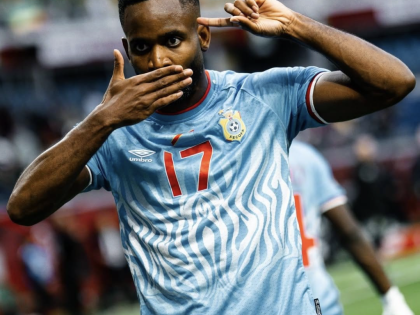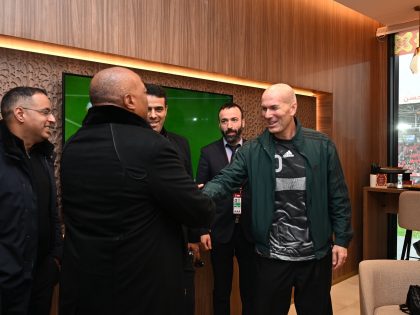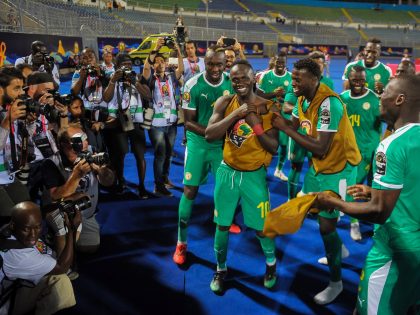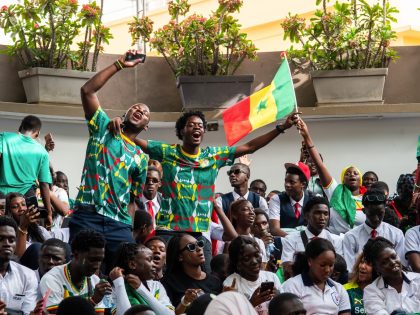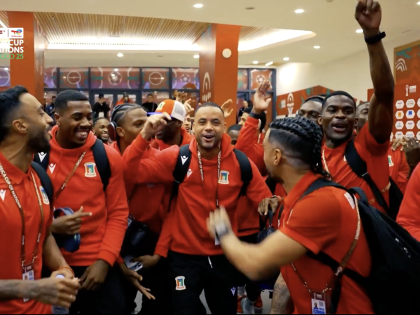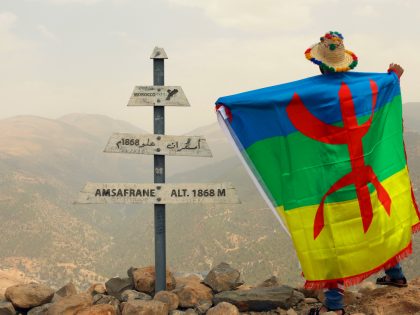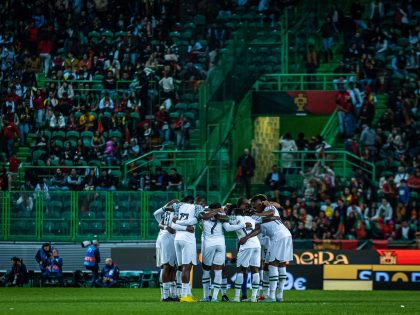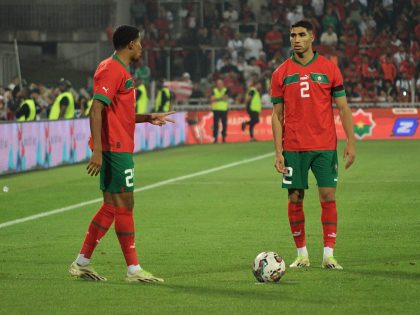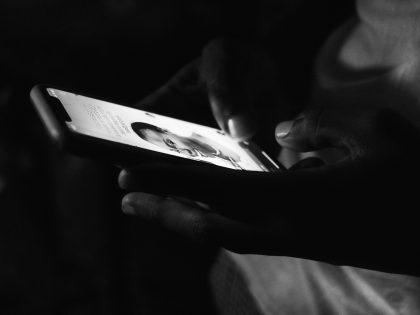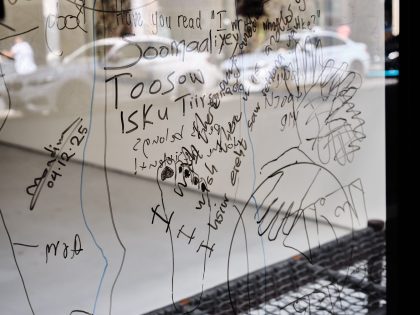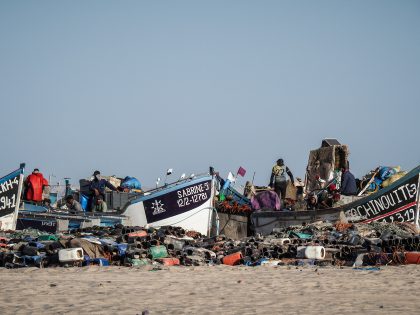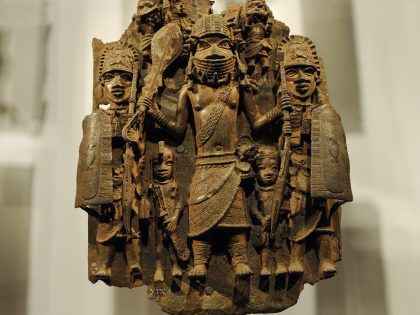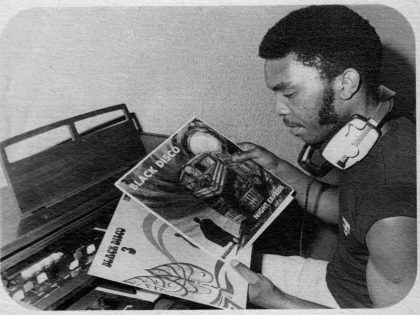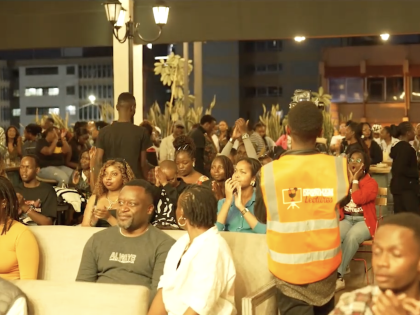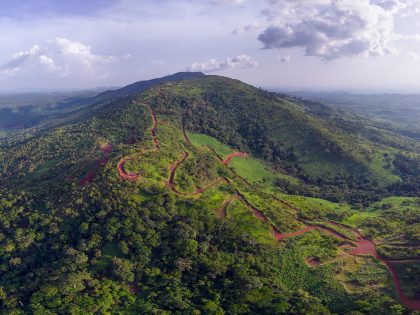What about this cartoon
What happened when an Argentinean cartoonist took inspiration from an iconic moment in African-American struggle, replaced the black athletes with monochrome white figures to make a point about gay rights.

Liniers' 2014 cartoon on the left and the iconic "Black Power Salute" image from 1968, on the right.
The image in the tweet below was circulated often on social media last week after the United States Supreme Court legalized same-sex marriage in all of the 50 states of that country. The image is obviously a reference to the iconic picture of African-American athletes Tommie Smith and John Carlos raising their fists in protest at American racism while receiving, respectively, the gold and the bronze medal for the 200 meters race at the 1968 Olympics in Mexico.
The original photograph was immediately dubbed the “Black Power Salute,” for Smith’s and Carlos’ pose and race, even though Smith would say later in his autobiography that his was a “human rights salute.” Nonetheless, as this picture was taken in 1968 (the year when Martin Luther King Jr. was murdered, no less), many in the United States and abroad came to identify it as one of the most powerful symbols of the civil rights struggle.
Se vienen las Olimpiadas de invierno en la Rusia homofóbica de Putin. #GayPower pic.twitter.com/UrUDcGj0Fq pic.twitter.com/Q4bsn0qkTJ
— Liniers (@porliniers) January 28, 2014
Because of this symbolism, the cartoon upset more than a few people, as many saw it as a way of appropriating and whitewashing the history of US Black struggle to celebrate an event mostly unrelated to it.
Yet the cartoon was also mostly unrelated to the United States Supreme Court decision on same-sex marriage. It was drawn by Argentinian artist Ricardo Siri Liniers, known simply as “Liniers,” and it was originally published in early 2014 on his twitter account, with the message “Winter Olympics are coming up in the homophobic Russia of Putin #GayPower.”
This was of course a reference to the Sochi 2014 Winter Olympics (thus the snow) and the Russian “LGBT Propaganda” law. That law targeted gay people and came into effect in mid 2013. At the time it was widely discussed in Western media during the 2014 Winter Olympics, hence Liniers commentary.
Regardless, many people complained that, even if the message of the image was positive, the seemingly white skinned figures in the cartoon erased a long history of African-American oppression.
When the image was originally published, few, if any, seemed to mind it. But Liniers (who for long has been one of the most famous cartoonists in Latin America) has become more famous outside Argentina and Latin America since 2014, with some of his drawings, for example, landing on cover of the New Yorker magazine at least three times in the last two years.
So, coming from Argentina – where discussions on race are practically invisible – Liniers (whose work I regularly find interesting and engaging, and usually socially committed) surely wasn’t aware of all the sensibilities of other types of audiences.
He commented on the controversy in a series of tweets last Sunday:
It was supposed to de a double homage. To the iconographic nature of that great photo and to the advances in USA gay civil rights.
— Liniers (@porliniers) June 27, 2015
The good thing that came out of this is many people in Latin America who didn't know of this photo, got to. pic.twitter.com/NC0SyR6c3I
— Liniers (@porliniers) June 27, 2015
Important moments of struggle and overcoming injustice in human history are the heritage of the entire human race. pic.twitter.com/0SxUPcVAU3
— Liniers (@porliniers) June 27, 2015
I think appropriation would be to think Anne Frank belongs to the Jews, Gandhi to the Hindus,Malala to the Pakistanis pic.twitter.com/97YaRplecP
— Liniers (@porliniers) June 27, 2015
Human history is first and foremost, human. It's not "my people" or "their people". Their all our people. pic.twitter.com/1nJh5TZBNG
— Liniers (@porliniers) June 27, 2015
I'm very sorry if the drawing caused grief, specially in the racially charged USA that we've been watching in the news all over the world.
— Liniers (@porliniers) June 27, 2015
But I can't apologize for the drawing. It comes from mi ideas of social inclusion, stands against bigotry and disgust from discrimination.
— Liniers (@porliniers) June 27, 2015
Probably cultural differences between Argentina and USA generates the misunderstanding.For that I feel bad but hope you try and understand.
— Liniers (@porliniers) June 27, 2015
Yellow Marley says "Peace" pic.twitter.com/nhTfrEswcJ
— Liniers (@porliniers) June 27, 2015
And let's not forget what policing ideas of who should draw what brings… pic.twitter.com/TIzuZW7eHe
— Liniers (@porliniers) June 27, 2015
I understand that the drawing offends some people so I took them off twitter and Instagram because it was not the intention I had doing it.
— Liniers (@porliniers) June 28, 2015
He ended the discussion with a new drawing, saying “Let’s hope this one has better luck…”
Esperemos que este tenga mejor suerte… pic.twitter.com/KD4BILF9Se
— Liniers (@porliniers) June 28, 2015
What do you think?
Follow Latin America is a Country on Twitter.
